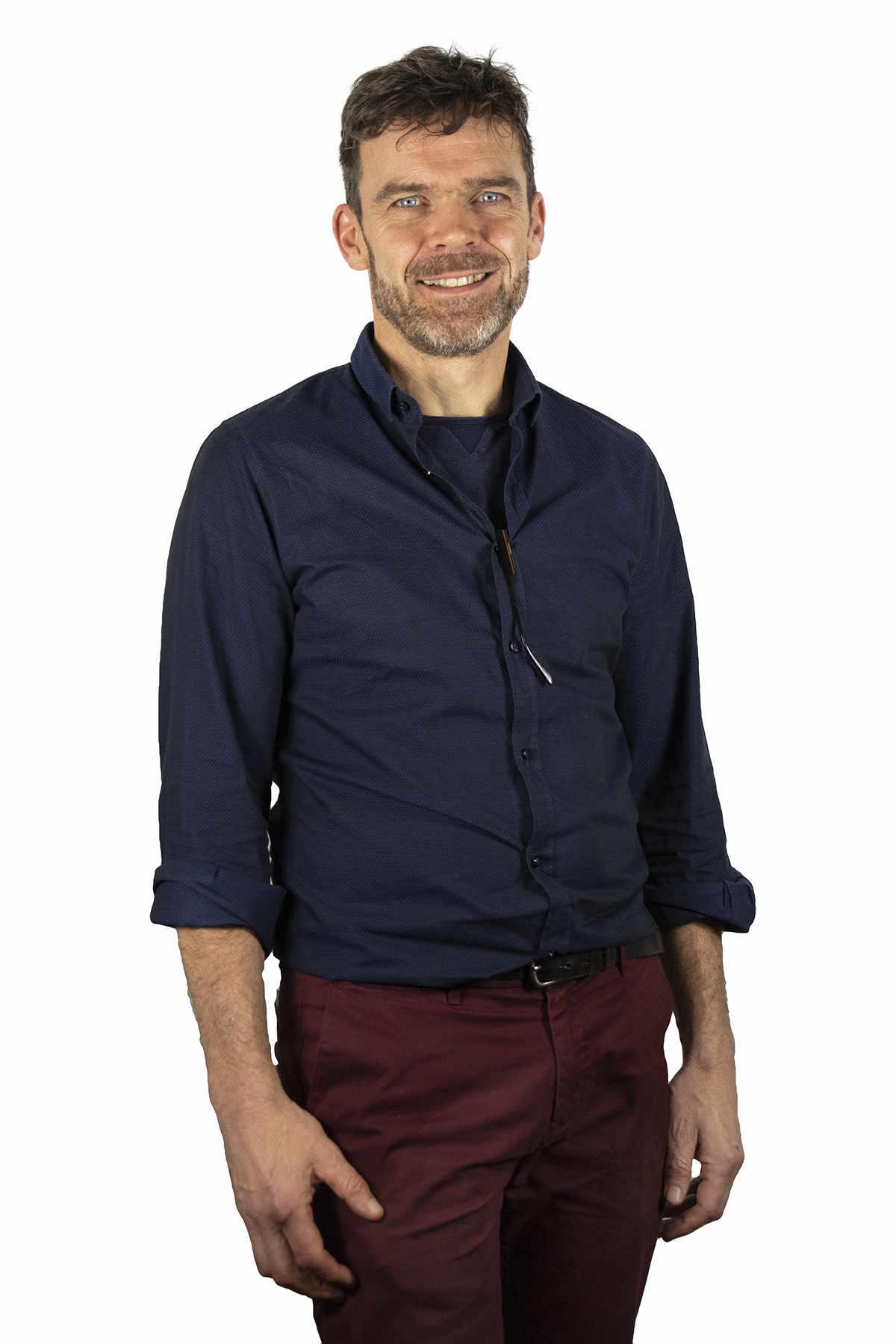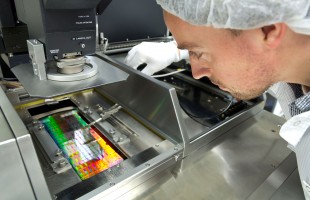
For the development of a special kind of sensor, the Nikhef R&D (Research & Development) group has received a grant from Holland High Tech of almost 700,000 euros. For this, the cooperation between Nikhef and Nikhef spinoff Innoseis Sensor Technologies was very important. Submitter and head of R&D at Nikhef Niels van Bakel: “This grant is important to fund this kind of blue-sky research, which is something of the long haul and we had to overcome many bumps together.”
Nikhef has been working on developing this MEMS (Micro Electro Mechanical System) sensor for about seven years. Researcher Alessandro Bertolini plays an important role in this. ‘His’ anti-spring system used in Virgo (gravitational wave research) to suspend e.g. mirrors has been scaled to micrometres in a MEMS sensor.
Innoseis ST wants to use these highly sensitive accelerometers in industrial applications, such as geophysics and inertial navigation. To this end, the company has developed a new MEMS sensor with ‘discrete’ electronics – a proprietary design with components available ‘off-the-shelf’. This product is already in high demand. The Nikhef spinoff will soon even send MEMS sensors with discrete electronics to the moon. Mark Beker (Innoseis): “The fact that our sensors have been selected for this challenging lunar mission is a testament to the pioneering achievements of this technology and the hard work of the teams at Innoseis and Nikhef.”
The Nikhef R&D group is now working with the Nikhef Electronics Technology group and Innoseis ST on an off-loading chip (ASIC) to make it even more sensitive and smaller. The goal is to make the most sensitive, compact and energy-efficient accelerometer. Nikhef ET-engineer and researcher Ömer Can Akgün, among others, is working on the design of ASIC: “With this ASIC, we are engineering a new level of precision in low-energy MEMS based accelerometers. By achieving unparalleled sensitivity in a compact and efficient design, we will enable groundbreaking Newtonian noise suppression, pushing the boundaries of gravitational wave detection.”
In the future, these sensors could be used around the future Einstein Telescope (ET) to actively suppress the direct gravity coupling from the ground to the optics. In ET, the suppression of this noise source is very important. In addition, many other applications are possible, such as mapping different subsurface Earth layers and satellite navigation.
More information: https://hollandhightech.nl/programma-s-en-projecten/projecten/ultra-sensitive-microchip-accelerometers-for-big-science-seismic-monitoring-and-precision-navigation

